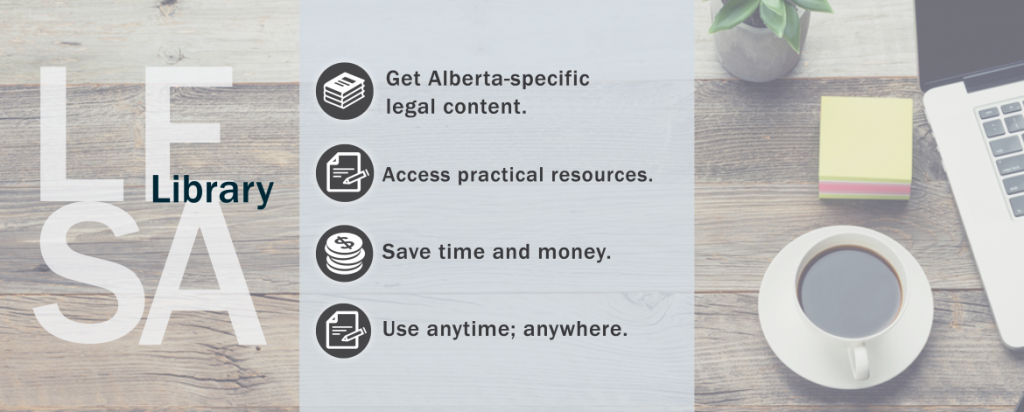The Recipe for Successful Legal Project Management: Ingredients to Adopt in Practice | Kristian Duff
50th Annual Refresher: Practice Excellence
What is legal project management [LPM], and how can you use it to improve internal efficiency and increase profit?
Kristian Duff provides answers to these questions and more in her paper, The Recipe for Successful Legal Project Management: Ingredients to Adopt in Practice.
According to Duff,
LPM is the planned, organized allocation of resources toward a certain objective.”
When used correctly, it results in accurate pricing, budgeting, and mapping for services provided. LPM originated, and gained traction, within in-house counsel circles where it was more useful. Because in-house counsel see similar types of transactions occurring in similar time-frames and patterns, it is easier to apply LPM’s characteristic checklists, templates, and precedents. It is important for law firms to employ or improve their use of LPM as it pre-emptively considers issues of internal efficiency and helps law firms deliver high-quality, cost-effective services.
Duff highlights 2 main challenges that arise when implementing LPM.
1. Litigation has been viewed as being heavily dependent on factors outside of the lawyer-client relationship (e.g. uncooperative opposing counsel, self-represented opposition who have difficulty using the legal system, and long waits for special applications). These issues cannot be prevented by the use of LPM.
2. In order to be effective, LPM requires long-term dedication and thoughtfulness. In other words, the person coordinating the project needs to stay with the project and cannot expect it to function independently. These challenges make LPM more difficult, but not impossible.
Having set out what LPM is and what challenges it faces, Duff goes on to set out 4 steps of effective LPM:
1. Define client expectations,
2. Prepare and plan,
3. Monitor and manage, and
4. Report and reflect.
As Duff notes, the combinations of these steps create a system for identifying the objective and scope of the project, team management, and growth. Ideally, project managers who use these 4 steps of LPM will improve their practice and build confidence with their clients.
Duff also issues a few warnings to project managers:
1. A team-leader should use every project as an opportunity to grow, even those projects with unsatisfactory outcomes.
2. Project performance and team efficiency will improve with practice and data collection. For instance, gathering timekeeping data will allow law firms to get better at estimating fees to be charged for services. Duff also qualified the use of LPM, which is geared more toward large transactions that total more than $30,000 in fees and have multiple professionals working on them.
3. LPM may not be a suitable practice where a transaction is small and headed by a single professional.
Ultimately, Duff explains and describes the processes behind effective LPM by breaking it down into an easily digestible 4-step process geared toward streamlining legal services and ending up with happier clients.
Want to learn more? View sample pages from this paper here.
LESA LIBRARY
 Interested in purchasing this paper? Or, are you looking to find out what other materials are available from the 50th Annual Refresher: Practice Excellence (2016/2017)?
Interested in purchasing this paper? Or, are you looking to find out what other materials are available from the 50th Annual Refresher: Practice Excellence (2016/2017)?
With an annual subscription to the LESA Library, you can not only access this paper, but also hundreds of program materials from our past programs anytime; anywhere. This cost effective resource even gives you the ability to set customizable notifications to ensure that you are always up to date with the latest educational resources.
Click here to learn more about the LESA Library. Alternatively, you can click here to purchase this paper individually.

